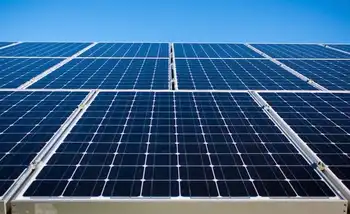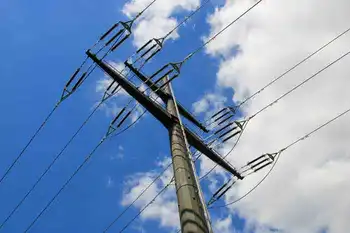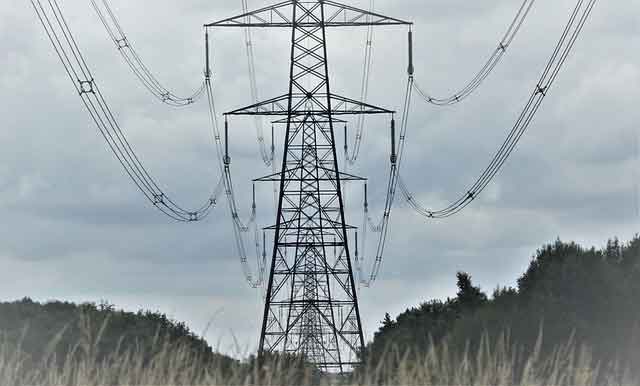Three-fourths of Americans support nuclear energy
By PR Newswire
CSA Z463 Electrical Maintenance -
Our customized live online or in‑person group training can be delivered to your staff at your location.

- Live Online
- 6 hours Instructor-led
- Group Training Available
A record-high 74 percent of Americans favor nuclear energy, with only 24 percent opposed, according to the survey. The favorability mark is 11 percentage points higher, and the unfavorability level nine percentage points lower than was the case just five months ago, according to the telephone survey conducted Sept. 18-21.
The new survey was conducted by Bisconti Research Inc. with GfK, the same researchers who conducted last April's public opinion poll. The survey has a margin of error of plus or minus three percentage points.
Impressive gains also occurred in other areas.
The new survey found that 69 percent of Americans believe the United States should definitely build more nuclear power plants in the future – a 10 percentage point gain from April. Three-fourths of respondents say they would find it acceptable to add a new reactor at the nearest existing nuclear power plant site - a nine-point jump from April's result.
"The unprecedented levels of support for nuclear energy found in this survey can be attributed to growing concerns about energy and focus on energy alternatives," Bisconti Research President Ann Bisconti said. "In the 25 years that I have been tracking public opinion about nuclear energy, I have never witnessed anything like this increase on all the measures across the board."
The survey found that Americans "strongly favor" nuclear energy as one of the ways to provide electricity by nearly a four-to-one margin (38 percent vs. 10 percent) over those who "strongly oppose."
Bisconti said the poll also shows that the American people "are increasingly comfortable with nuclear energy." Over the past 25 years, she said, the percentage of respondents giving high ratings to the safety of nuclear power plants on a 1-to-7 scale has doubled - reaching a record 72 percent in the new survey. Also, 78 percent of Americans consider the nuclear power plants that provide 20 percent of U.S. electricity supplies to be "safe and secure" - up from 71 percent last April.
Eight in 10 Americans endorse the use of federal financial incentives to help promote development of carbon-free energy technologies, including new nuclear power plants. Eighty-one percent of respondents approve of providing tax credits "as an incentive to companies to build solar, wind and advanced-design nuclear power plants." Only 18 percent do not approve.
Support was nearly identical when Americans were asked about providing federal loan guarantees to companies that build solar, wind, advanced-design nuclear power plants "or other energy technology that reduces greenhouse gases to jump-start investment in these critical energy facilities." Seventy-nine percent of those surveyed approve, while only 19 percent do not approve.
Eighty-nine percent of Americans agree that the nation should take advantage of all low-carbon energy sources, including nuclear, hydro and renewable energy, to produce electricity while limiting greenhouse gas emissions. Seventy-two percent associate nuclear energy "a lot" or "a little" as a climate change solution.
Eighty-nine percent believe that nuclear energy will be "very" or "somewhat" important in meeting the nation's electricity needs in the years ahead.
Even though presidential aspirants John McCain and Barack Obama both include nuclear energy in their energy plans for the future, many people are not aware of that fact, Bisconti said. Fifty percent of Americans believe that Sen. McCain includes nuclear energy, and 37 percent believe that Sen. Obama does. About one-fifth of respondents are not sure in each case.











